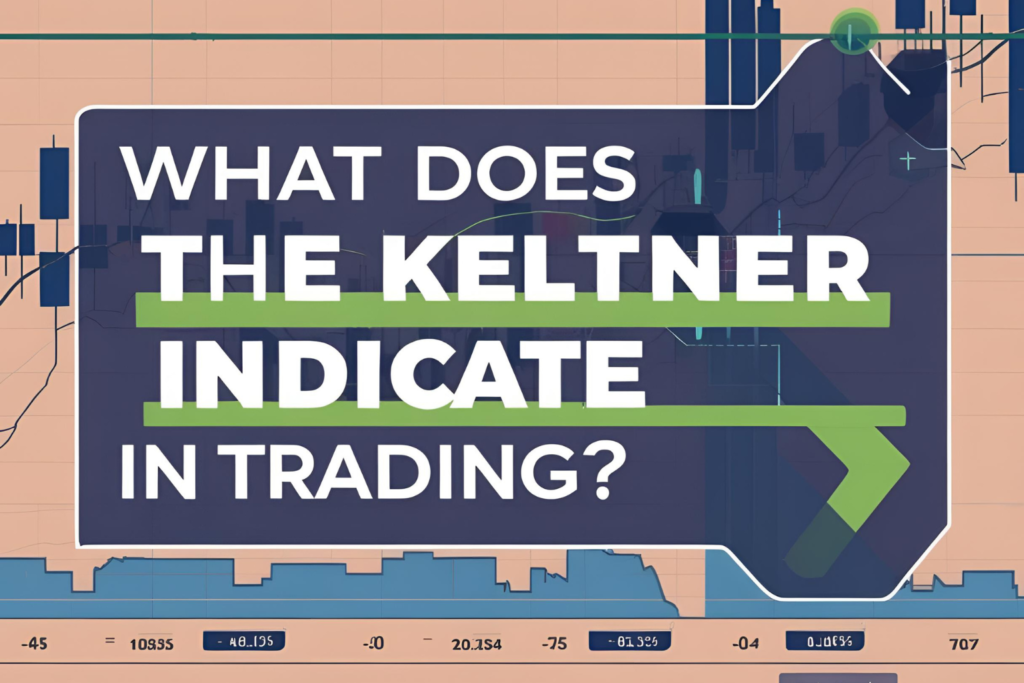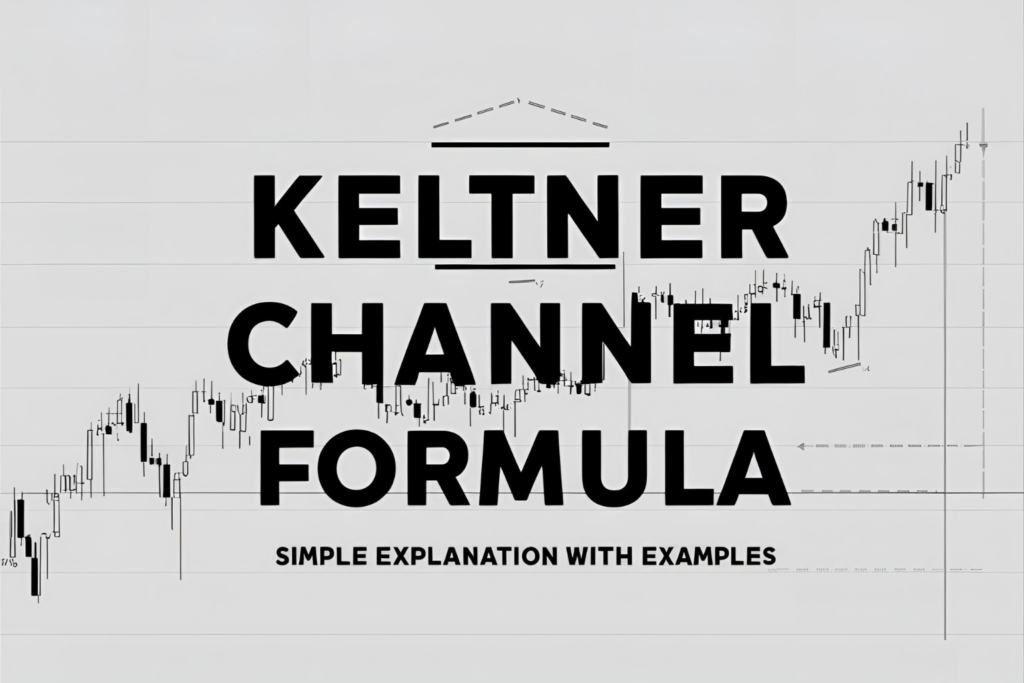Understanding how the Keltner Channel formula works is essential if you want to use it effectively for trading. Unlike some complex indicators, the Keltner Channel has a straightforward calculation based on moving averages and volatility.
This guide explains the formula in simple terms and shows how to apply it using real-world examples.
What Is the Keltner Channel Formula?
The Keltner Channel consists of three lines:
- Middle Line: Exponential Moving Average (EMA)
- Upper Channel Line: EMA + (Multiplier × ATR)
- Lower Channel Line: EMA − (Multiplier × ATR)
Standard Formula Breakdown
- Middle Line = 20-period EMA
- Upper Band = EMA + (2 × ATR)
- Lower Band = EMA − (2 × ATR)
ATR stands for Average True Range, a volatility measurement. The multiplier is usually 2, but can be adjusted to fit your trading strategy.
Why Use EMA and ATR?
- EMA gives more weight to recent price action, making the channel responsive to new trends
- ATR adjusts the channel width based on market volatility, expanding during high volatility and narrowing during calm periods
Example Calculation
Suppose:
- 20-period EMA = 150
- ATR (Average True Range) = 5
- Multiplier = 2
Then:
- Upper Band = 150 + (2 × 5) = 160
- Lower Band = 150 − (2 × 5) = 140
So, the Keltner Channel spans from 140 to 160 with the middle line at 150.
Customizing the Formula
You can modify the formula based on your strategy:
- Use a shorter EMA (10 or 14) for more sensitivity
- Use a higher multiplier (2.5 or 3) for wider channels to reduce false breakouts
- Lower the multiplier to 1.5 or 1.75 for tighter channel setups in scalping
Always backtest adjustments to ensure compatibility with your timeframe and asset.
When to Use the Formula
Understanding the Keltner Channel formula helps you:
- Customize the indicator based on volatility
- Confirm whether the default settings suit your trading style
- Build or code your own indicators in platforms like TradingView or MetaTrader
Final Thoughts
The Keltner Channel formula is designed to give traders a clear view of trend and volatility. By calculating the channel based on an EMA and ATR, it adjusts automatically to changing market conditions. Whether you’re building a custom script or trying to fine-tune your strategy, understanding the formula is a valuable step in improving your technical analysis.
FAQs
1. Can I change the multiplier in the Keltner Channel?
Yes, adjusting the multiplier changes the channel width based on your strategy.
2. Why is ATR used instead of standard deviation?
ATR measures actual range and is more stable during volatile periods, unlike standard deviation which can react sharply.
3. Is it better to use EMA or SMA in Keltner Channel?
EMA is preferred for its responsiveness. SMA would make the channel slower to react.
4. What is the default EMA period?
Most platforms use a 20-period EMA by default.
5. Do I need to calculate this manually?
No. Most trading platforms calculate and display the Keltner Channel automatically, but knowing the formula helps in customization.



